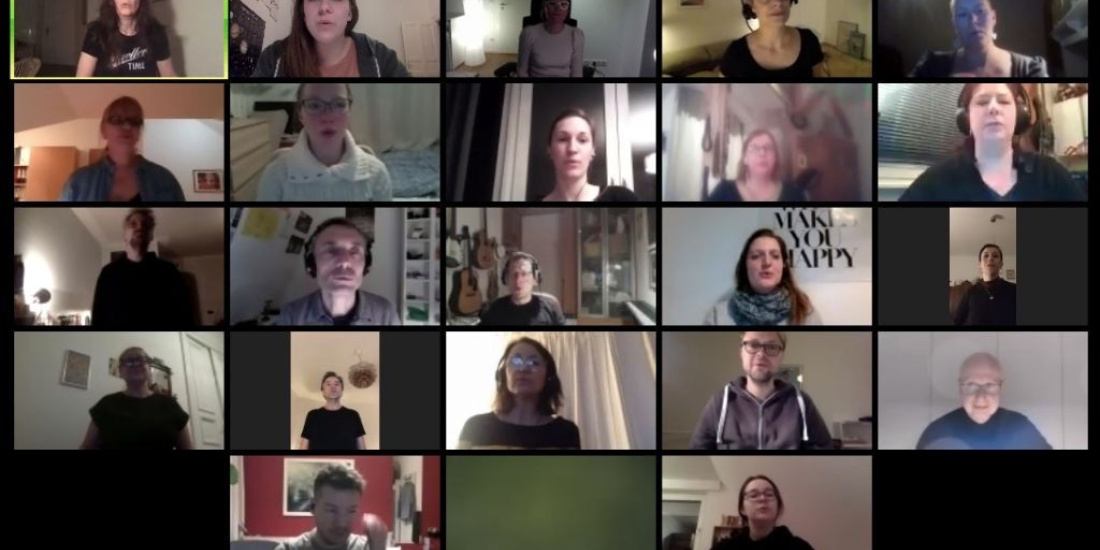Video conferencing solutions, whether closed or open, are unsuitable for joint rehearsals. It is already difficult enough to meet the ONE together in the real room. But with the latency, it is technically impossible. Or is it?
It's good not to see the others for a few days. The ceiling doesn't fall on your head right away. When the longing comes, there is video conferencing software like Jitsi.Meet or BigBlueButton. But if the passion for music makes social distancing painful, there must be solutions.
Video conference and rehearsal room - Forget it
Looking at it is good. That's what it's good for. Playing music at the same time? Forget it! By the time the sound reaches you, I'm already in the next bar. At least that's my experience so far, even with the Zooms and WebExes of this world. Funnily enough, you don't even notice it in a "normal conversation". This damned delay.
In my old days as a rock musician, that wouldn't have bothered me for the one or other rehearsal. Most of the time we sat together and drank beer anyway. That works great via video conference :)
I have been singing in the choir for a few years. Rhythm is already a challenge at normal times. But it's definitely not possible with delay. There must be software for that?
Thank you Jamulus
Volker Fischer has brought a wonderful piece of free and open source software into the world: Jamulus. For exactly this purpose: mucking about together in times of social distancing.
The clients for Windows, Macintosh and Linux computers can be downloaded from the Sourceforge site. Admittedly, the UI does not win a beauty prize. But we want to rehearse and not look at beautiful user interfaces.
And making music together works wonderfully when the framework conditions are right. For your first steps, pay attention to the following
- A headset or audio interface (do not sing or play your laptop!)
- Better cable than wifi
- Fast server (green instead of red in the frontend)
- Get to know the user interface
If you take these things into account, it works quite well. You will find that not being able to see the other musicians is a bit disconcerting. Think about how you count in and how you deal with the absence of characters that are typically "no brainer" in the shared rehearsal experience. It's different. But it's exciting mostly because you can do spontaneous sessions (relatively) easily with people from everywhere. That's great and has always been great when making music together.
Provide own server
Jamulus is a very typical open source project. People do it because they feel like it. There is no auntie from America who sponsors the infrastructure. So if you want to do something good, install the Linux client in the server variant and make it available to the world for testing. Install a second instance that you can use for your own rehearsal room (which you don't share with the world). As always, a few parameters make the difference when starting the application.
The following links will make your life easier:
- follow these instructions to install your own server -> https://jamulus.io/wiki/Server-Linux
- the start parameters are described here -> https://jamulus.io/wiki/Command-Line-Options
The smallest version of a VM at Upcloud, for example, is suitable as a server and currently costs around 5.00 €/month.
Short video for my choir
Not every Macintosh user is able to install software that does not come from the Appstore. For this target group, I have provided a "short" installation video (~ 8 minutes) that also describes the GUI and introduces the most important buttons.
Linux users know how to install software and I have no idea at all about Windows. You'll manage.
Have fun making music.


